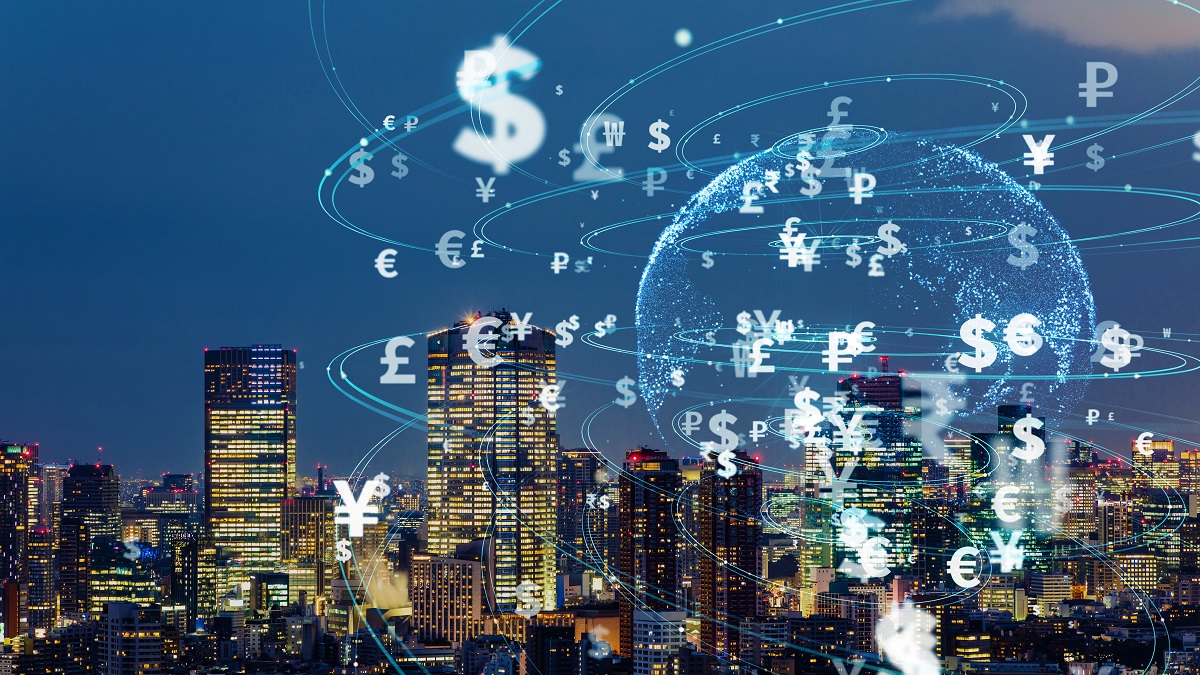Digital Payments in Our New Digital World
Trina Stroedecke
Technology Editor
E-commerce has been obtainable for several years for those tech-savvy enough to use it, but in the current times with personal space a constant concern of everyone, other digital payments are becoming increasingly popular as well. While digital payments are ultimately being created to increase payment speed and provide more financial security, in the wake of COVID-19, one additional goal that is being achieved is customer health protection. This time will surely be remembered as a time of digital transformation, an era in which the payment industry has taken the opportunity to do just that, modernize digital payments.
COVID-19 era has been a time of not only digital ventures, but also a time of financial tension. With concerns to handling money in person, banks and financial institutions have been forced to enable several digital payments and transactions. A virus such as COVID-19 can be spread from a cough, a sneeze, or even someone handling your credit card. Using digital payments in stores and restaurants provides many people with an extra sense of security knowing that they will not have to hand their credit card over to a cashier in order to make a payment. Available on their smartphone or smartwatch, all that is needed to make a payment digitally is to hover over a card-reading machine and accept the charge.

With e-commerce transaction applications such as Venmo and PayPal already available, new applications are popping up as well. While Apple Pay has been accessible for years, each smartphone brand now has its own version of digital payment. A hurdle that comes along with creating these payment options is how the money is transferred. Some of the applications are used by a consumer manually transferring money from their bank account or credit card to the app platform, while others add and deduct money directly from a bank account. Something that needed to be handled was a way to offer customers several transfer options within a platform, as well as confirming that the payments to merchants were correct. While confirming these payments, these applications must also create a safety barrier so that financial information cannot be hacked and stolen from a customer. Besides this, banks must be able to vouch for a customer and have real-time access to money in their account in order to approve digital payments instantaneously. These worries have proved to be no problem, however, as digital payments have become the dominant payment option around the globe, all in the course of one year.
With no expectations of the economy improving after COVID-19 anytime soon, we can expect the quality and quantity of digital payments will only continue to grow.
Contact Trina at stroedka@shu.edu

